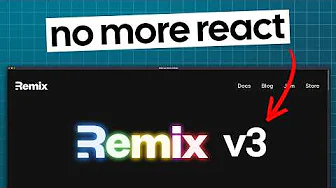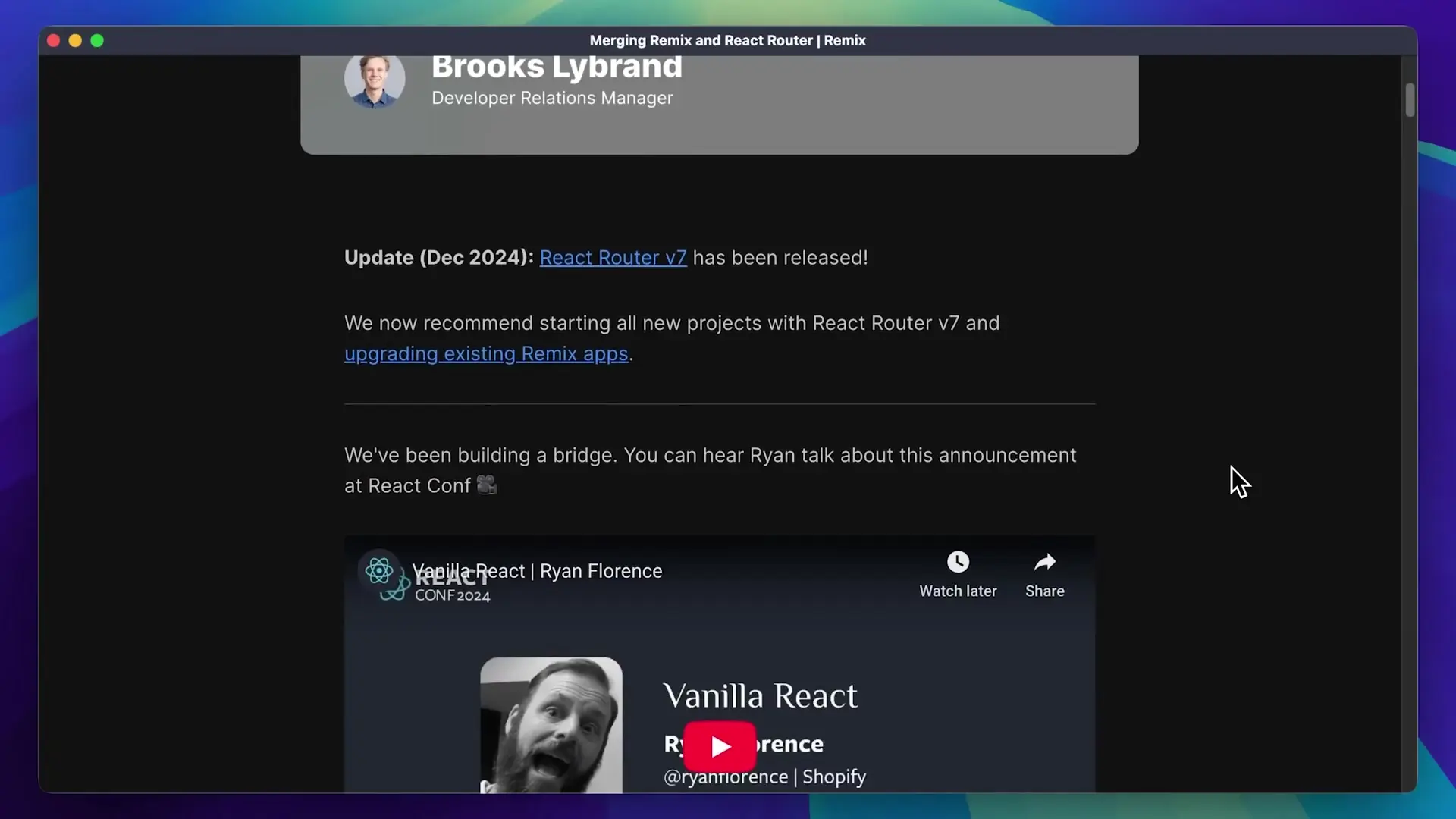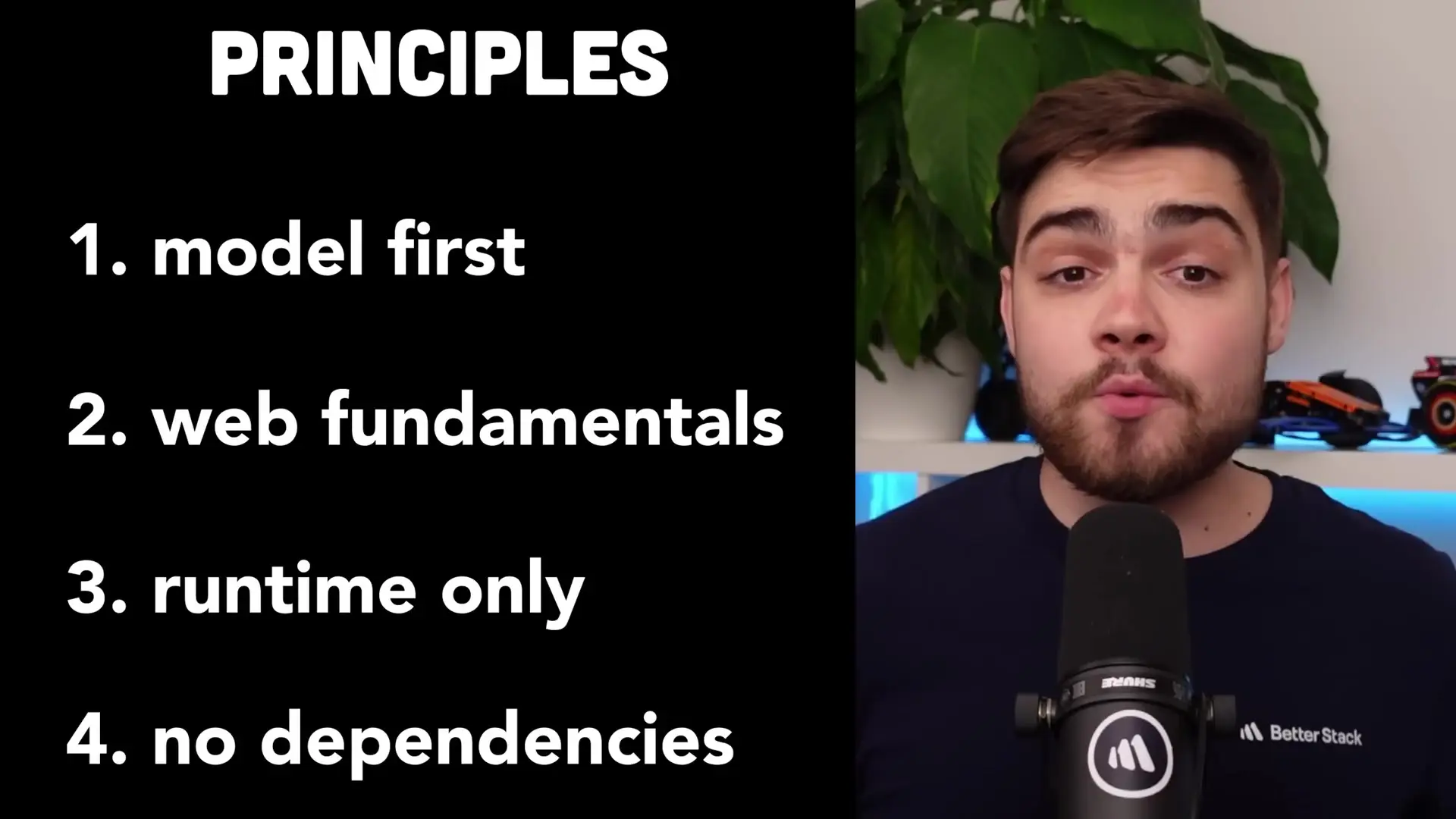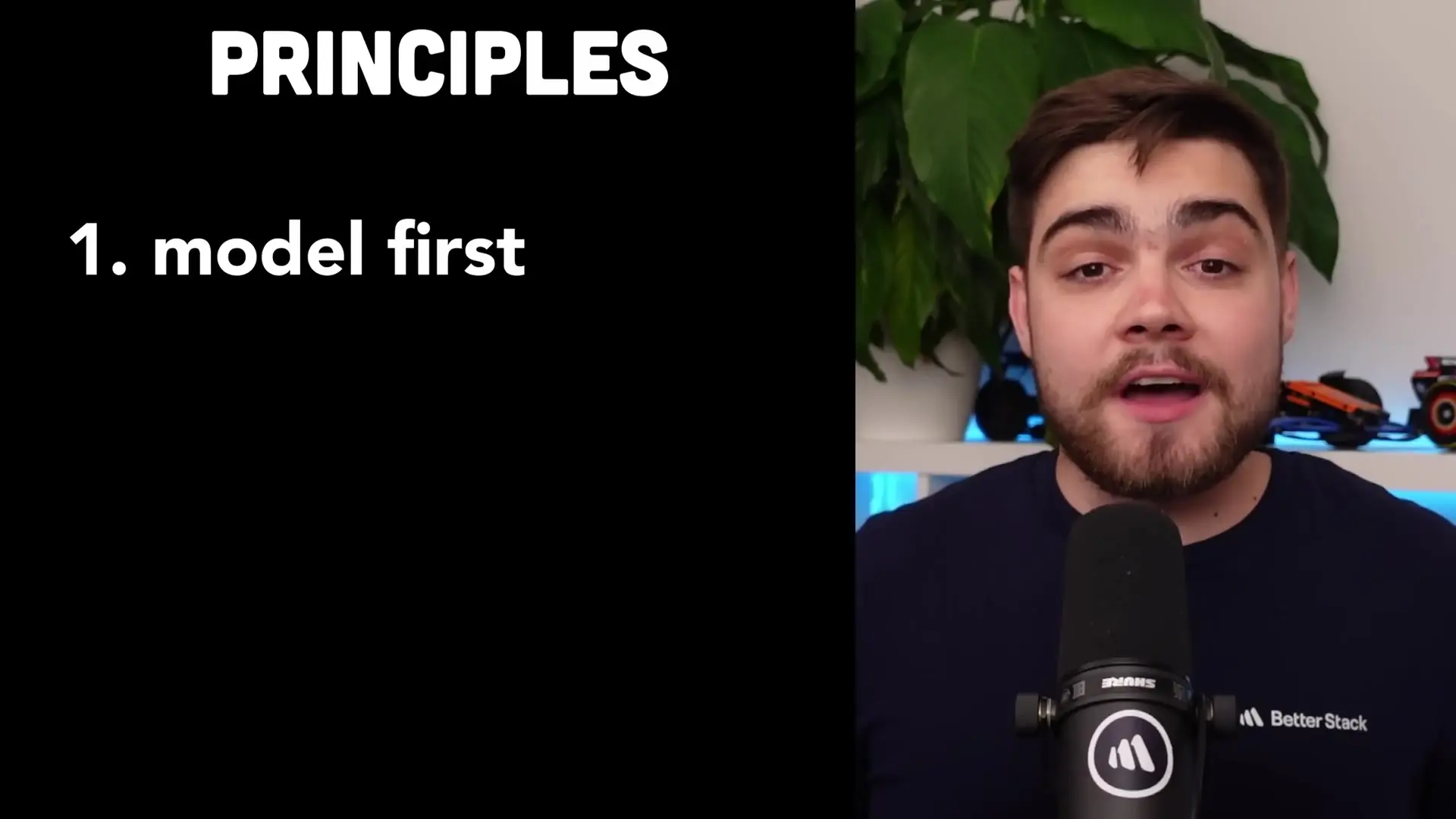
The web development world is buzzing with excitement as Remix announces a major shift in direction with its upcoming v3 release. After merging much of its functionality into React Router v7, the Remix team is now taking a bold step by completely dropping React dependency and reimagining what a modern web framework should be.
The Evolution of Remix and React Router
To understand this significant change, we need to look at the journey of Remix and its relationship with React Router. React Router has long been the dominant routing solution for React applications, created by Ryan Florence and Michael Jackson. These same developers later created Remix as a response to common problems they observed in React applications.
Remix was built to address several key issues in modern web development: poor performance from client-side rendering, neglect of web fundamentals, and problematic data loading patterns that led to waterfall requests and race conditions. Initially launched as a paid framework, Remix eventually became free and open source, focusing on server-side rendering and progressive enhancement.
As Remix evolved through versions 1 and 2, it became increasingly intertwined with React Router. Eventually, the teams realized they were maintaining an artificial separation between two projects that were essentially doing the same thing. This led to a significant decision: merging Remix's core features directly into React Router v7.

Remix v3: A Complete Reinvention
When Remix announced it was merging features into React Router v7, many wondered about Remix's future. The team stated it wasn't being abandoned but was "taking a nap." Now, Remix is awakening with a completely new vision for v3 - one that doesn't include React at all.
Instead of building on React, Remix v3 will be forking Pact, a lightweight 3KB alternative to React that maintains a similar modern API while being faster and lighter. However, this isn't just a simple framework swap - it represents a fundamental rethinking of what a web framework should be in today's development landscape.
The Four Core Principles of Remix v3
The new Remix is built around four key principles that signal a significant departure from conventional framework design:

- Model-First Development: Optimizing everything for AI and LLMs, both for building applications and for apps that incorporate AI. This forward-thinking approach recognizes that current development practices often just shoehorn AI into existing paradigms rather than building truly AI-native solutions.
- Web API First: Building directly on web standards instead of creating framework-specific abstractions. This aligns with the team's long-standing philosophy that developers shouldn't need to learn framework-specific patterns when web platform APIs already exist.
- Religiously Runtime: Eliminating complex build steps and bundler magic in favor of code that works at runtime without pre-processing. This simplifies the development process and reduces tooling complexity.
- Zero Dependencies: Taking control of their technological destiny by not being locked into anyone else's roadmaps. This is why they're forking Pact rather than simply using it as a package dependency.

A Clean Break with the Past
It's important to understand that Remix v3 represents a complete departure from previous versions. There will be no upgrade path from React Router or Remix v2 - this is an entirely new framework that happens to share the same name.
The evolution can be visualized as follows: React Router v5 was succeeded by v6. Remix built on top of v6 to create Remix v1 and v2. Then Remix v2 features merged into React Router to become v7. Now, Remix v3 emerges as something completely separate from any of these previous projects.
What This Means for Developers
For developers currently using React Router or Remix, there's no need to panic. React Router isn't going anywhere - it's not becoming "just router." React Router v7 will continue to handle all React-based routing and fullstack needs with the enhanced features merged from Remix.
Meanwhile, Remix v3 is free to explore what comes next in web development. This separation allows both projects to excel in their respective domains: React Router serving the React ecosystem and Remix pioneering new approaches to web development.
The Future of Web Development
While some might joke about yet another framework rewrite, it's worth remembering that technology should always be evolving and improving. The Remix team has a strong track record of identifying and solving real problems in web development.
By focusing on model-first development, web standards, runtime execution, and independence from dependencies, Remix v3 is positioning itself to address the increasing complexity of modern web development. The emphasis on AI-native design is particularly forward-thinking, potentially establishing new patterns for how we build applications in an AI-driven world.
Conclusion
Remix v3 represents an exciting new chapter in web development. By dropping React and reimagining what a framework can be, the Remix team is free to explore innovative approaches to building for the web. While this means learning new patterns for those who choose to adopt it, it also presents an opportunity to build applications that are lighter, faster, and more aligned with how the web fundamentally works.
For developers looking to stay at the cutting edge of web development practices, Remix v3 will be a project worth watching closely as it evolves. The principles guiding its development suggest a framework that could significantly influence how we build for the web in the coming years.
Let's Watch!
Remix v3 Drops React: The Bold New Direction for Web Development
Ready to enhance your neural network?
Access our quantum knowledge cores and upgrade your programming abilities.
Initialize Training Sequence